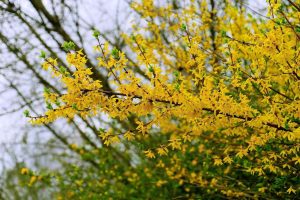In this in-depth guide, we’ll explore the benefits and techniques of pruning lavender, along with tips for timing and care to ensure your lavender thrives.
Understanding Lavender: The Basics

Lavender varieties vary widely, from the popular English lavender (Lavandula angustifolia) to the more aromatic French lavender (Lavandula dentata) and the dwarf varieties that fit neatly into smaller gardens or containers. Each of these types comes with its own growth habits and conditions, which influence how and when you should prune them.
The Nature of Lavender Growth
To rightly address whether lavender should be cut back, it’s crucial to recognize lavender’s growth pattern. Most lavender plants exhibit a bushy growth habit, with stems that harden and woody texture as they mature. Their growth generally peaks in mid-summer, adorned with fragrant blooms that attract bees, butterflies, and, of course, plenty of garden admirers.
Over time, as the lavender plant ages, it may begin to lose some of its vigor and fullness. This decline can manifest as leggy growth, where stems become elongated, producing fewer flowers and ultimately creating a less appealing plant. Pruning can help rejuvenate the plant, leading to a more compact and healthier form.
Why Should Lavender Be Cut Back?
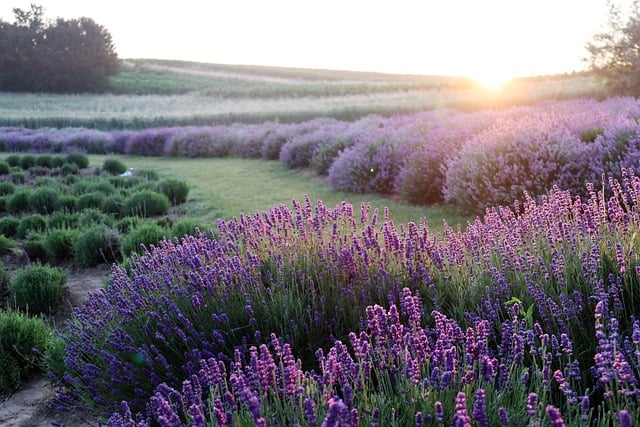
Evaluating whether lavender should be cut back involves considering the multiple benefits that come from pruning. Here are a few compelling reasons to incorporate regular pruning into your lavender maintenance routine:
1. Promotes Bushier Growth
One of the primary goals of cutting back lavender is to encourage bushier growth. When you prune lavender, you’re stimulating new growth from the base and ensuring a denser and more robust structure. This is particularly beneficial if your lavender is becoming woody or overly leggy.
2. Enhances Flower Production
Pruning lavender can lead to more abundant blooms. By cutting off spent flowers and encouraging new growth, you open up opportunities for the plant to produce vibrant flowers the following season. Additionally, this practice can help redirect energy from seed production back into new growth and flower development.
3. Maintains Plant Health
A fully grown lavender plant can become cluttered with dead or dying stems, which can attract pests and diseases. Regularly cutting back lavender helps keep the plant healthy, as it provides adequate airflow and reduces the chances of fungal infections. A healthy lavender plant also means a better aroma and more enjoyable blooms.
4. Aesthetic Appeal
Let’s not overlook the visual aspect! Regular trimming helps maintain the tidy appearance of your lavender plants. A well-pruned lavender bush appears more organized and vibrant, making it a standout feature in your garden or landscape.
When Is the Best Time to Cut Back Lavender?
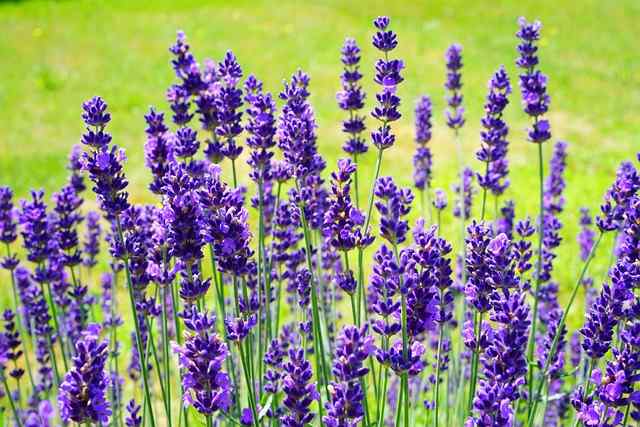
Timing is everything when it comes to cutting back lavender. The best time to perform this task depends on the variety of lavender you are growing, but generally, the best time to prune is in the spring or after flowering. Let’s break it down further:
Spring Pruning
For most varieties, particularly English lavender, the ideal time for pruning is in late spring, just before the plant begins its new growth. This usually occurs when the new leaves or growth buds are just beginning to show. This timing provides a balance—you’re cutting back the plant before it expends energy on blooming while still allowing it to flourish during the growing season.
Post-Bloom Pruning
Alternatively, you can also prune your lavender immediately after it has finished flowering. While this approach sacrifices a little bit of the plant’s early spring growth, it still encourages new flowering in the following year. This method is particularly beneficial in regions with milder climates, where lavender can produce flowers more than once during the growing season.
Avoid Late-Season Pruning
It’s crucial to avoid cutting back lavender in late summer or fall, especially in colder regions. Pruning the plant late in the season leaves it exposed to winter weather and can hinder its ability to withstand frost, potentially leading to dieback.
How to Cut Back Lavender: Step-by-Step Guide

Now that we’ve established the timing, let’s dive into the how-to of cutting back lavender. Here’s a step-by-step approach to ensure you do this task correctly and effectively.
Step 1: Gather Your Tools
To cut back lavender successfully, you’ll need the right tools. A sharp pair of pruning shears is essential; they should be clean to prevent the spread of any diseases. If you have a larger lavender plant or a hedge of lavender, you might also want to have a pair of loppers on hand.
Step 2: Assess the Plant
Before you start pruning, take a good look at your lavender plant. Identify dead or damaged stems and assess how much growth needs to be trimmed back. Ideally, you should aim to reduce the plant height by a third to a half, depending on the extent of the leggy growth.
Step 3: Trim Wisely
Begin by cutting away any dead or woody stems at the base first. Focus on pruning back just above where you notice fresh new growth, usually where green shoots are emerging. This helps to ensure that the plant can naturally regenerate from those points.
Step 4: Shape the Plant
Once you’ve cleared away the dead stems, begin shaping your lavender bush. Aim for a somewhat rounded shape that encourages a tidy appearance. Remember not to trim into the woody part of the stems as this can hinder new growth and even harm the plant.
Step 5: Clean Up
After you’ve finished pruning, be sure to clean up any droppings around the plant. This not only helps maintain a tidy garden space but also reduces the risk of pests and diseases developing around your lavender.
Special Considerations for Different Lavender Varieties
While the general principles of cutting back lavender hold true across most varieties, a few special considerations should be noted for specific types:
English Lavender (Lavandula angustifolia)
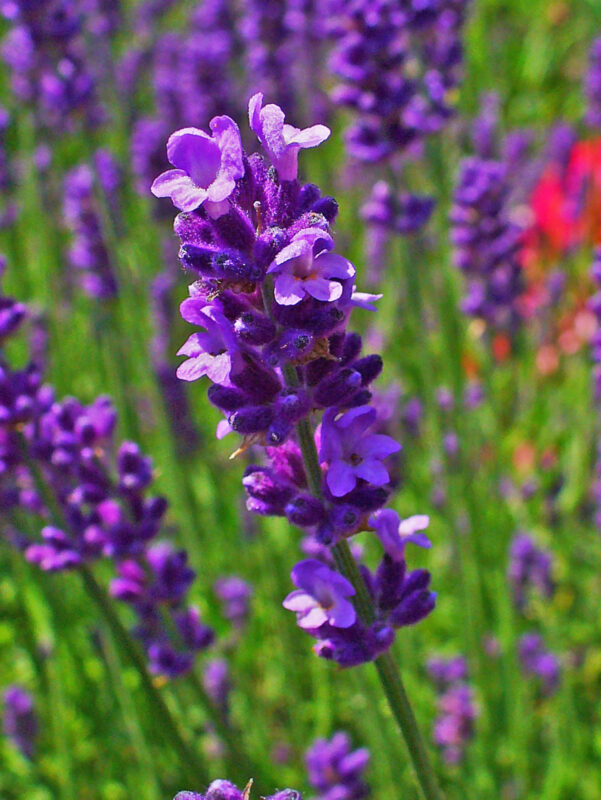
English lavender is the most popular and widely grown type. As previously noted, it benefits greatly from spring pruning or post-bloom trimming. This type responds well to drastic cuts, so don’t be shy about reducing its size during pruning.
French Lavender (Lavandula dentata)
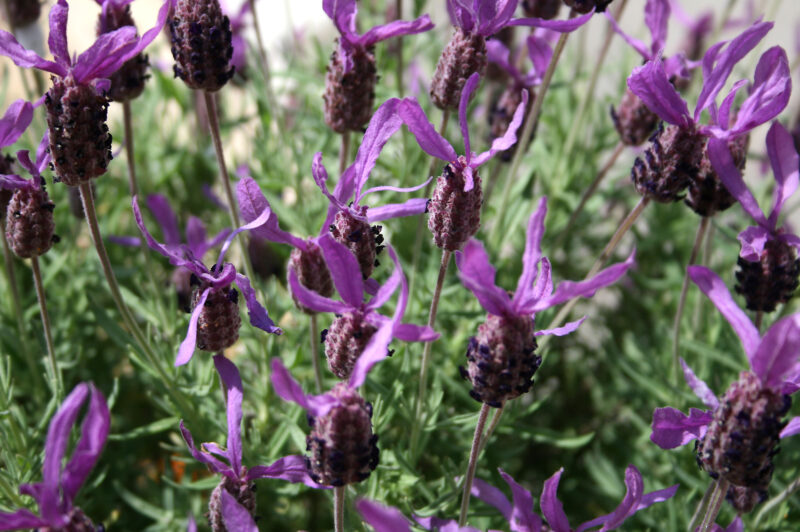
French lavender has a slightly different growth habit and tends to be more tender than its English counterpart. Though it can be pruned similarly, be cautious not to cut back into old wood, which may not rejuvenate. Light trimming in spring after the frost is ideal for this type.
Spanish Lavender (Lavandula stoechas)

Spanish lavender has unique blooms and requires a more gentle approach when pruning. Follow the same timing principles, but be careful to only trim lightly, shaping rather than cutting back harshly. Like French lavender, it doesn’t respond as well to severe cuts.
Common Mistakes to Avoid When Pruning Lavender
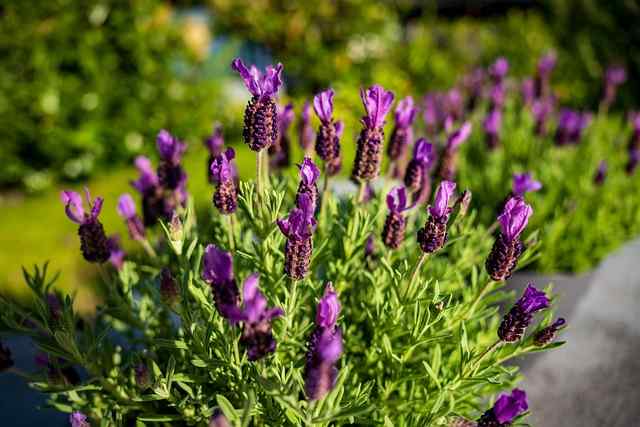
As with any gardening endeavor, there are pitfalls to watch out for when cutting back lavender. Here are some common mistakes to avoid:
Pruning Too Severely
While it might be tempting to drastically cut back your lavender for a tidy appearance, doing too much can spoil its health. Always leave some green foliage on the plant to ensure it can photosynthesize effectively.
Ignoring Nitrogen Fertilizer
Post-pruning, many gardeners neglect fertilizing their lavender. Using a balanced fertilizer can boost growth after pruning, helping your lavender bounce back with vigor.
Pruning at the Wrong Time
As previously discussed, timing is everything. Be mindful of your local climate and conditions before deciding when to prune. Improper timing can lead to stunted growth or even damage during cold weather.
Skipping Watering
After pruning, it’s important to keep an eye on your lavender’s watering needs. While they are drought-tolerant, a little extra water can help rejuvenate the plant as it grows back new shoots.
Post-Pruning Care for Lavender
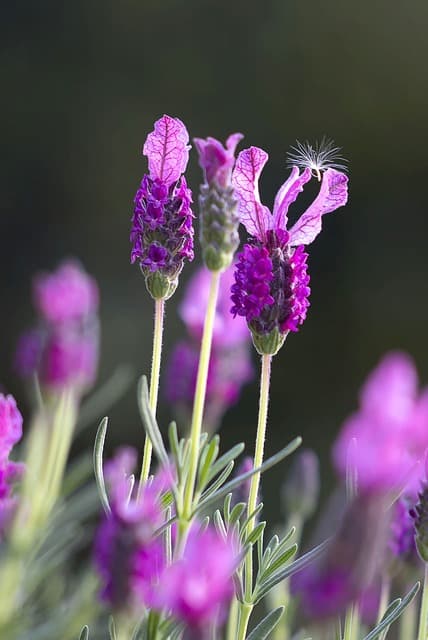
After you have pruned your lavender, there are a few care tips to keep in mind to support its recovery and growth:
1. Watering
Lavender has a reputation for being drought-tolerant but ensure that newly pruned plants receive adequate moisture. Water them moderately, allowing the soil to dry out between watering. This encourages deeper root growth.
2. Fertilization
Applying a balanced, slow-release fertilizer can enhance recovery post-pruning. Aim for a product with a higher phosphorus content to promote flowering.
3. Pest and Disease Monitoring
Keep a watchful eye on your lavender plants following pruning. Monitor for any signs of pests such as aphids or diseases like root rot. Catching issues early ensures your lavender continues to thrive.
4. Mulching
Applying a layer of mulch around the base of the plants can help retain soil moisture, suppress weeds, and maintain a consistent soil temperature. Be cautious to keep mulch away from the base of the plant to prevent rot.
Conclusion: The Beauty of Pruned Lavender
In summary, pruning lavender is not merely an aesthetic task; it’s an integral part of ensuring healthy, vibrant plants. Cutting back lavender enhances growth, improves flowering, and contributes to the overall longevity of the plant. Whether you choose to prune in spring or just after flowering, the benefits are clear.




